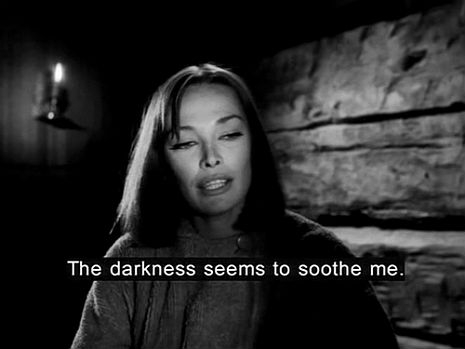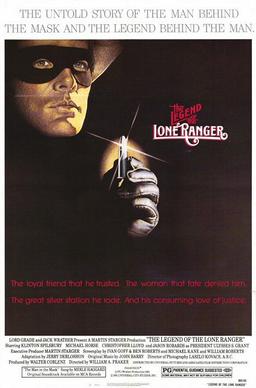4 (or more) Shots From 4 (or more) Films is just what it says it is, 4 (or more) shots from 4 (or more) of our favorite films. As opposed to the reviews and recaps that we usually post, 4 (or more) Shots From 4 (or more) Films lets the visuals do the talking.
Today, the Shattered Lens wishes a happy 88th birthday to British director John Boorman.
Boorman is one of those great director who sometimes doesn’t seem to get as much credit as he deserves. An undeniably idiosyncratic director, Boorman easily moved from genre to genre and who brought his own individual style to each of his films. Sometimes, critics and audiences responded to that vision and sometimes, they didn’t. And yet even Boorman’s so-called failures have come to be appreciated over the years. Zardoz is a cult classic. Even The Exorcist II: The Heretic is not quite the disaster that some insist. If nothing else, it’s one of the strangest studio productions to ever be released.
At his best, Boorman is one of the most influential directors of all time. How many neo-noirs have ripped off the look and the feel of Point Blank? The ending of Deliverance has been imitated by a countless number of horror films and, indeed, every backwoods thriller owes a debt to Boorman’s film about four businessmen spending a weekend canoeing. Excalibur is one of the most elegiac of all the Arthurian films while Hope and Glory retains its power to make audiences both laugh and cry with its portrayal of life on the British homefront during World War II. Meanwhile, films like The General and The Emerald Forest gave underrated characters actors like Powers Boothe and Brendan Gleeson a chance to shine.
So today, in honor of the career and the legacy of John Boorman, here are….
8 Shots from 8 John Boorman Films





























 Long before he found fame playing Deputy Hawk on Twin Peaks, Michael Horse made his film debut in one of the most notorious box office flops of all time, The Legend of the Lone Ranger.
Long before he found fame playing Deputy Hawk on Twin Peaks, Michael Horse made his film debut in one of the most notorious box office flops of all time, The Legend of the Lone Ranger. 
